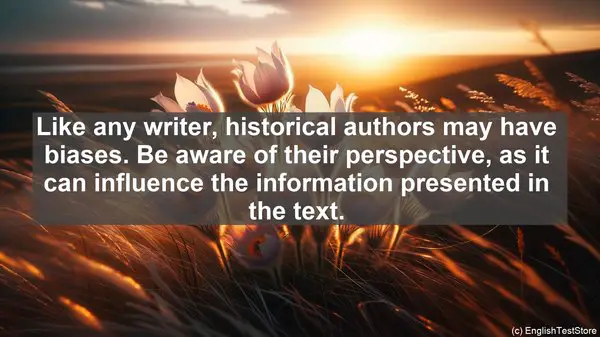Introduction: The Importance of Historical Texts in TOEIC Reading
Hello, students! Today, we’re diving into the world of historical texts in the TOEIC Reading section. While they may seem daunting, mastering these passages is crucial for a high score. Historical texts not only test your reading skills but also assess your ability to comprehend complex ideas. So, let’s get started!
1. Read the Questions First
Before diving into the passage, skim through the questions. This helps you understand what information you’re looking for and saves time while reading.
2. Identify the Passage Type
Is it a narrative, an argument, or a description? Identifying the passage type gives you a framework to understand the author’s intent and the overall structure.
3. Pay Attention to Dates and Numbers
Historical texts are often filled with dates, years, and numerical data. Underline or note them down, as they can be crucial for understanding the context.
4. Look for Signal Words
Signal words like ‘however,’ ‘therefore,’ or ‘in contrast’ indicate important shifts in the text. Understanding these transitions helps you follow the author’s argument.
5. Analyze the Language
Historical texts may use archaic language or specialized vocabulary. Break down complex sentences, look up unfamiliar words, and pay attention to the author’s tone.

6. Use Context Clues
If you encounter an unfamiliar word, don’t panic. Look at the surrounding words and sentences for clues about its meaning. The context often provides valuable hints.

7. Take Notes
While reading, jot down key points, arguments, or any information that stands out. These notes will be handy when answering the questions later.
8. Understand the Author’s Bias
Like any writer, historical authors may have biases. Be aware of their perspective, as it can influence the information presented in the text.
9. Practice Active Reading
Reading isn’t just about absorbing words. Engage with the text by asking questions, making connections, and forming opinions. Active reading enhances comprehension.
10. Review and Reflect
After reading the passage and answering the questions, take a moment to review your performance. What strategies worked? What can be improved? Learning from each practice session is key.
